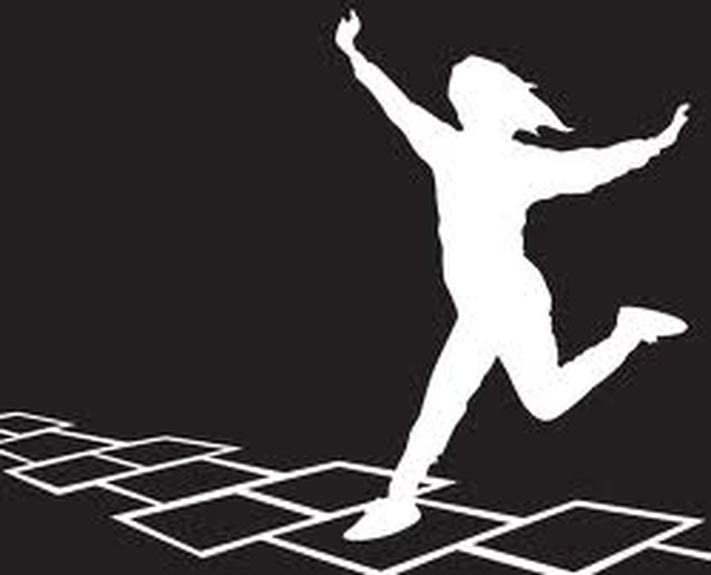

- #POSITIVE AND NEGATIVE SPACE IN TYPOGRAPHY HOW TO#
- #POSITIVE AND NEGATIVE SPACE IN TYPOGRAPHY MANUALS#
- #POSITIVE AND NEGATIVE SPACE IN TYPOGRAPHY PRO#
- #POSITIVE AND NEGATIVE SPACE IN TYPOGRAPHY CODE#
#POSITIVE AND NEGATIVE SPACE IN TYPOGRAPHY MANUALS#
In high-end typographic design books and manuals by experts (for example, Detail in Typography by Jost Hochuli), it is widely regarded that spacing punctuation marks and miscellaneous symbols should be done and is good to do. The subject of spacing punctuation marks and other symbols in typography and typesetting has held my attention for some time. You may remember letterpress typesetting or have done it yourself, where a vast range of space characters are used, as Marcin Wichary points out. Why Space Punctuation Marks And Other Symbols? Does the extra white space, and thus extra time and emphasis, lead to more awareness of these marks? What about children around 6 years old, who are learning to read. Have you considered people with vision impairments the extra space given could be beneficial and add clarity, because the marks would not so squished against the next character. There are also other benefits to spacing punctuation marks and other symbols (though currently untested, with little evidence available). We’ll need to explore the issues both in print (how it has been done in the past) and on the web (how it can be done in the present). This article is somewhat of a how-to about the issues and problems. You might not be able to see much difference, but there is.

No tracking applied justification: desired, 100%.
#POSITIVE AND NEGATIVE SPACE IN TYPOGRAPHY PRO#
Set in Minion Pro Regular (version 2.068). What Spacing Are We Referring To?īelow is a simple example of what spacing looks, not applied and applied: Figure 1: This example is from Jost Hochuli’s book Detail in Typography.
#POSITIVE AND NEGATIVE SPACE IN TYPOGRAPHY CODE#
This article will advance your typographic skills, help you produce a better reading experience, improve your typesetting skills, and enable you to deliver effortless reading of a large volume of text on web pages or in code framework/API documentation. There are also accessibility benefits from properly spacing punctuation marks and other symbols for different types of people (such as for aging readers and children around six years old). Typographers have a long history of not accepting what they are initially given, in order to achieve optimum performance for readers. You will learn a lot about how typefaces are built and given to you in its default state.

#POSITIVE AND NEGATIVE SPACE IN TYPOGRAPHY HOW TO#
This article will show you how to analyze typography in more detail, and how to better judge spacing and micro-typographic details, especially in typefaces designed for extended reading. I will show you different ways to go about doing this work, the pitfalls, and how we might do it more accurately, quickly, and consistently. In this article, I will discuss the spacing and kerning of punctuation marks and other symbols, looking at what people say about the effects of these adjustments. You might be knowledgeable about typefaces you might regularly modify the leading, tracking, and kerning of your fonts you might optimize the file sizes of your web fonts - but is that all that can be done? For hundreds of years, typographers and typeface designers have been using white space in typography. Jeffrey Zeldman once said: “90% of design is typography. This article is for anyone who works with typography, in any medium, and it is especially for those designers who are keen to give users the best reading experience possible. Today, in 2020, how do we add spacing to punctuation marks and other symbols, and how do we adjust the space on the left and right side in an easy and consistent way? It is actually not as easy and quick as it should be.

For hundreds of years, we have been using white space in typography.


 0 kommentar(er)
0 kommentar(er)
